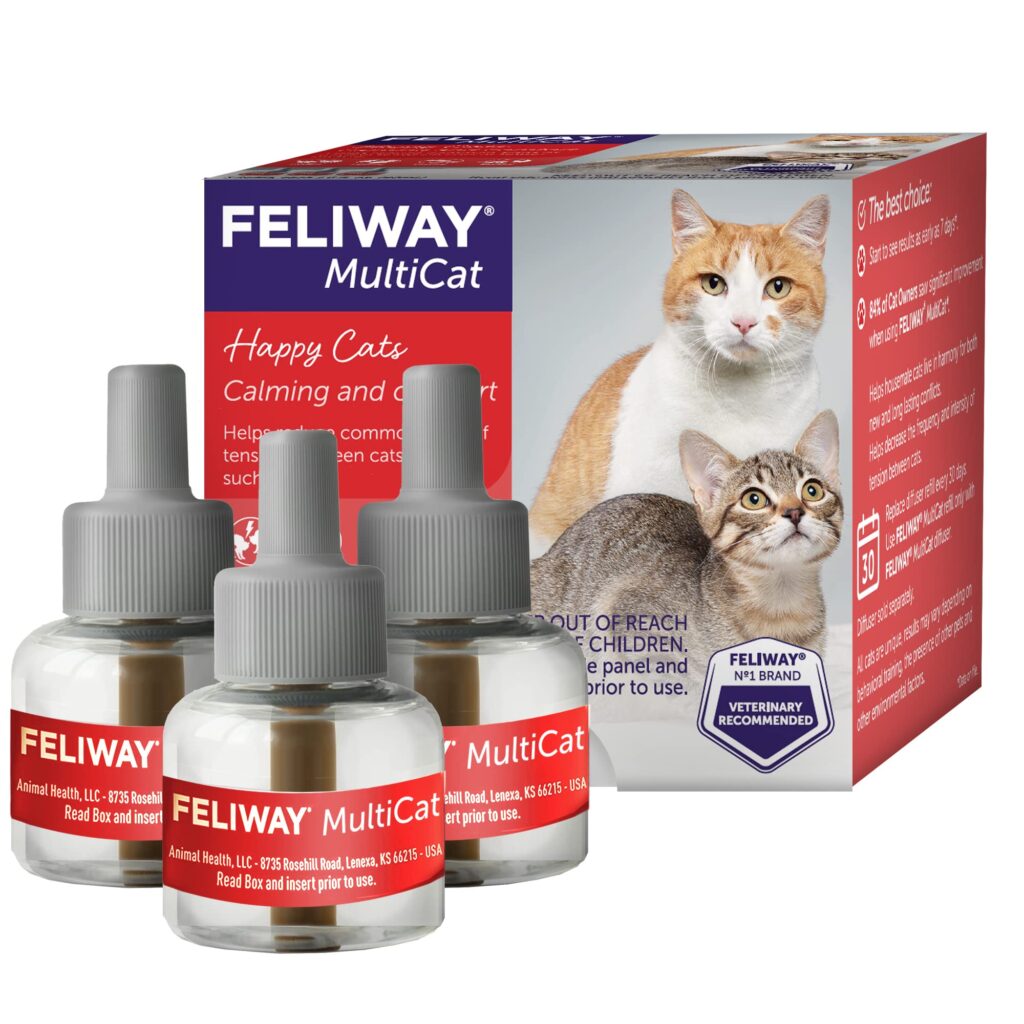
Scabies in cats, also known as mange, is a common skin disease caused by mite infestations. While some mites are normal and can be found on cats’ skin and hair follicles, others are parasites that can cause mild to severe infections. It is important to understand the difference between mange and scabies. Mange is a term used for animals, while scabies is used for humans. Different types of mites can cause different levels of skin diseases in cats.
What is Mange?
Mange, or scabies in cats, is a severe mite infestation. The two most common types of mange in cats are red mange (Scabies Sarcoptes) and black mange (Demodex Cati) mites. These mites burrow deep into the cat’s skin, causing severe skin infections, hair loss, and itching.
Causes of Scabies in Cats (Notoedric Mange)
Feline Sarcoptic mange, also known as scabies, is an uncommon disease caused by oval-shaped, microscopic mites with a light color. These mites cause severe skin problems in cats. The infections usually start on the face and ears and then spread to the rest of the body. It is important to note that these skin infections are contagious. Demodectic mange is another type of scabies or mange in cats. It’s caused by cigar-shaped mites and also results in severe skin infections and hair follicles. Although these mites are commonly found on dogs’ skin, there is no proof of them being transferred from dogs to cats. Skin infections occur when the mite infestation is large.
General Symptoms of Mange in Cats
Scabies in cats can result in severe skin infection and other effects, such as intense itching, restlessness, and frantic scratching. These symptoms usually occur after one week of mite infestation. Mange often appears on the face and ears of cats but can affect the entire body if the mites spread.
- Restlessness
- Hair loss
- Excessive grooming or licking
- Bumps on the skin
- Skin discoloration
- Scaling around the eyelids, neck, and face
- Greasy face
- Swelling
- Scratching and itching
What to Do if Your Cat Has Scabies?
If you suspect that your cat has scabies, it’s important to take them to the nearest veterinarian for a thorough skin scraping. The veterinarian will examine the cat’s skin surface with a microscope to monitor the presence of mites. It can be challenging to find mites on your cat’s skin if they are buried deep. The vet will review past clinical reports to diagnose your cat’s skin condition.
Is Scabies in Cats Common?
Scabies in cats is more common in cats with compromised immune systems. If your cat has a weakened immune system, they’re more likely to be affected by mite infestations and may experience severe skin infections.
Mange Treatment
Mites on animals can transfer from one pet to another, so it is important to isolate your cat from other pets and family members to limit the spread of scabies mites. Your veterinarian will prescribe appropriate medication to kill the mites on your cat’s skin. Depending on your cat’s immune system and skin health, a topical medicine may be prescribed. Medications can be applied topically through injections or dips and shampoos. Antibiotics, anti-inflammatories, and antibacterial shampoos may be used to ease inflammation and prevent skin issues. It may take about a month for your cat’s skin to fully recover after thorough medication.
It’s important to note that some antibiotics, dips, collars, and insecticides are only prescribed for dogs and cannot be used on cats. Always consult your veterinarian before applying any type of shampoo or insecticide.
Is There Any Way to Prevent Mange Recurrence?
First, isolate your cat from other pets and thoroughly clean their collar, toys, dishes, and replace their bedding regularly. Prevent your cat from playing with other cats that may be affected by mites. Consult your veterinarian to examine your cat for mite infestation and prescribe a shampoo or insecticide to kill the mites on their skin.
Taking care of your cat’s health is essential. Some diseases in cats can be transferred to humans, so it’s important to observe any symptoms of disease in cats and treat them promptly. This article has covered the important aspects of scabies in cats and their treatment. If you feel there is something important that we haven’t mentioned, please let us know so we can provide the best information to help you care for your cat.







